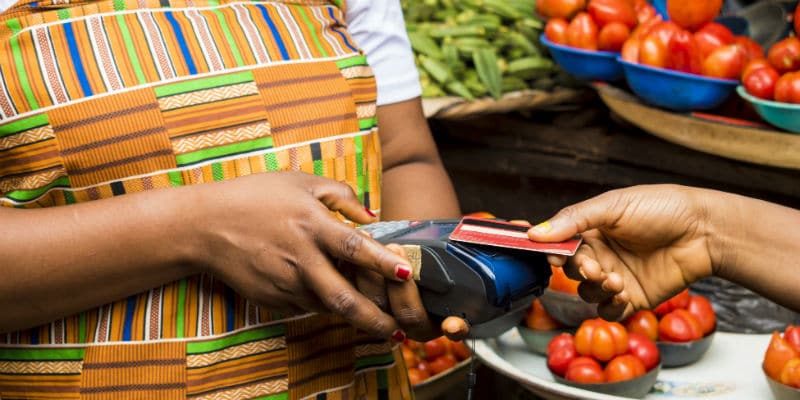The incessant quest to achieve financial inclusion—often measured by number of bank accounts open—for the almost two billion people who currently lack access is futile, so long as people remain trapped in a cycle of poverty and low productivity. How many people are now “financially included” yet are still “economically excluded?” What good does it really do someone to have access to a bank account, or credit even if their basic means of making a living hasn’t changed?
Not much. In fact, in Kenya, where at least one individual in 96% of households has access to some form of mobile money, the effect of this near universal financial inclusion has been marginal. A 2016 study found that just 2% of households were lifted out of poverty as a result, yet I would argue, alongside development expert Lant Pritchett, that escaping extreme poverty is too low of a bar and therefore not an adequate measure of success.
In essence, financial inclusion is simply a means to an end, and should not be an end in itself. Though it may help on the margin, on its own it does not fundamentally change people’s lives. Economic inclusion—that is, helping people increase their means of production so they can more actively participate in the economy—should be the goal.
Consider how one of the world’s largest banks pushed the limits of financial inclusion by helping its customers not only gain access to bank accounts and credit, but also by increasing their means of production.
In 1904, Amadeo Giannini founded the Bank of Italy, which many of us today know as Bank of America. With over two trillion dollars in assets, Bank of America is currently the second biggest bank in the United States, after J.P. Morgan Chase. Some historians have hailed Giannini as the “greatest innovator in modern banking,” explaining that “he probably did more to democratize and popularize banking than any other individual.” But Giannini didn’t simply seek to offer people bank accounts and bring them into the financial fold as part of a larger mandate. His goal was to create significant value for millions of people, especially poor and hardworking immigrants, in America. A testament to his life’s work is evident in the fact that hundreds of ordinary people showed up for his funeral.
A bank for nonconsumers—Democratizing banking is less about banking and more about people
In the early 1900s, much like many banks in today’s low- and middle-income countries, big banks in the United States only lent to large businesses and wealthy clients. Average Americans were considered high risk and the banking industry did everything it could to discourage poor Americans from seeking loans. In the event they acquired a loan, interest rates were often in high double digits. Giannini’s vision, however, was to serve this population of nonconsumers—hardworking Americans who would benefit from banking, but had previously been excluded from the market due to cost. To do this, he had to radically change the dominant business model of banks.
First, Giannini took the bank to the customer, not the other way around, and educated these new customers on the virtues and value of opening a bank account and developing a relationship with his bank. For instance, he spent a lot of time in Central Valley, California walking alongside farmers as they plowed their farmland, explaining how bank branches made credit cheaper and more reliable. The idea of taking banks to his customers caused him to set up the first statewide branch banking system in the country.
Second, for Giannini, financial inclusion meant much more than banking, so he offered additional support services to his customers. For example, when senior bank officials realized that many of their agribusiness customers would succeed by marketing their products in faraway markets, the bank officials helped their clients set up cooperatives. This played a significant role in helping the California farming industry grow into what it is today. Bank officials also offered business services beyond just providing capital, including regularly checking in with new customers to ensure their businesses were running well.
Third, Giannini set up local advisory committees in his banks to help and advise new customers on the merits of purchasing the bank’s stock. Giannini wanted his customers to benefit from the success of his bank as it grew. In fact, he saw the money in the vault not as the bank’s money, but as the customers’.
Thus, Giannini’s Bank of America helped millions of America increase their means of production by providing capital and support services, ultimately enabling them to earn more money. And as a result, they became financially and economically included.
Now imagine it’s the year 2030 and, by sheer force of will and billions of dollars in outreach programs, development organizations successfully extend financial services to the 1.7 billion people who are still economically excluded. Realistically, how much value would that add to their lives? How would that impact their ability to pay rent, afford school fees, or pay hospital bills? Economic inclusion must be the goal since it guarantees financial inclusion. The former, unfortunately, guarantees nothing.


